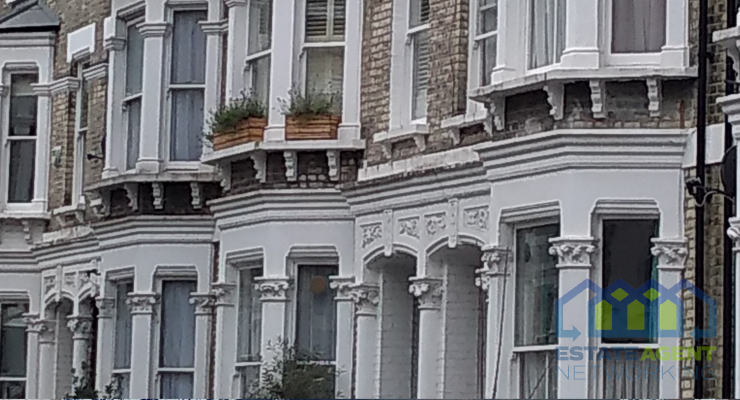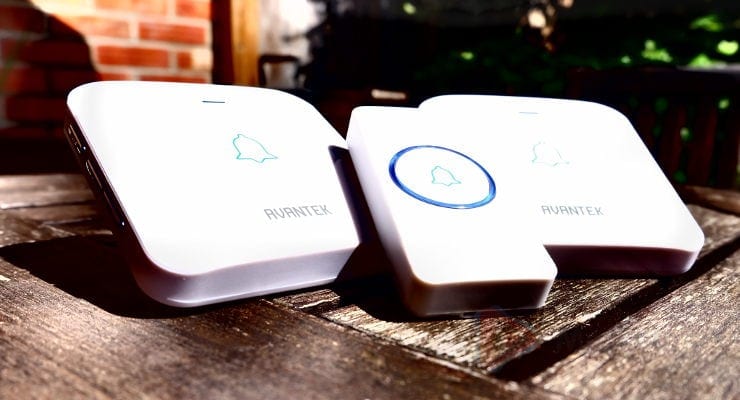HMO checklist: getting your property ready for the new semester
Here’s a fact to ease the challenges of owning a Houses in Multiple Occupation (HMO) property: already this year HMOs have returned higher yields for landlords than any other form of buy-to-let. The average is 10.2 per cent, almost double that of the standard let.
It’s an encouraging figure we should all celebrate. But success stories aside, to keep the money flowing there are plenty of regulations you need to adhere to. Your HMO license has to be approved by your local council and renewed every five years.
With the housing crisis still in full swing, the government is cracking down on anyone they deem to be a rogue landlord. Failure to comply with regulations and standards could land you with a £20,000 fine and a catastrophic knock to your reputation.
As University semesters kick off across the country, we’ve put together a checklist for ensuring that your HMO property is legally ready to welcome your student tenants.
1: Safety regulations
Some people argue that the world has gone health and safety mad, but the regulations for landlords are there to protect tenants and your property. Regular gas and electrical checks by a registered professional are essential, as is providing an environmentally-friendly waste disposal system.
But your biggest concern is fire safety. You must have smoke detectors in bedrooms and shared areas, heat detectors in the kitchen, fire doors and escape routes. The local council will provide you with a fire safety officer for help, and should be your first port of call.
GOV.UK has an exhaustive list of the health and safety issues you need to address.
2: Property upkeep
Students are notoriously bad at looking after their stuff, but you won’t be allowed any excuses about drunken parties or late night study sessions. You’re legally obliged to offer hygienic shared facilities. Deep cleans and maintenance of washroom and kitchen areas should be completed regularly.
Upholding high building standards doesn’t always have to involve expensive refurbishments. Repair damaged sofas or chairs with a good quality upholstery glue, touch up scruffy paintwork, and replace any broken light fittings as you go – you’ll save yourself a big job at the end of the lease.
3: Property management
Whether you commit to looking after your HMO property yourself or leave the management to an agent, it’s essential that you have a proper system in place for tenants to stay in touch.
You must display important numbers for occupants to clearly see, including emergency or out-of-hours contacts. It’s also your responsibility to be aware of who is inhabiting your property, so occasionally getting in touch and organising a visit is a good idea.
Whether you’re a seasoned professional or about to receive your first tenants, following a proper checklist will ensure that your HMO property adheres to regulations and continues making you money.








